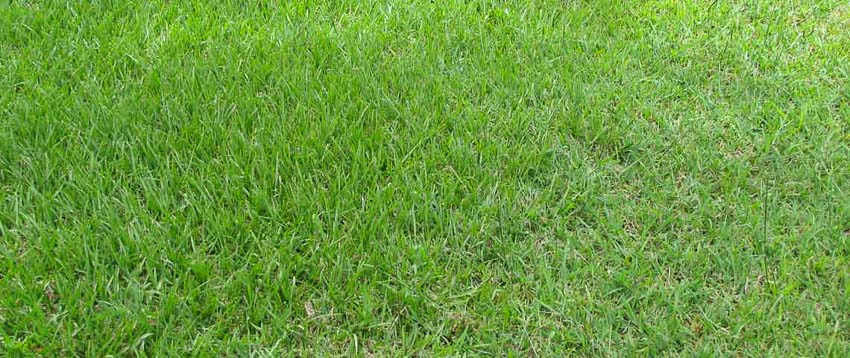Also known as Paspalum notatum, Bahia grass is a warm-season turfgrass usually found in the southern United States. You will mostly find it in Florida, Texas, and the Gulf Coast states. This grass is known for its hardiness and ability to withstand harsh weather conditions, making it ideal for lawns, parks, and sports fields. Nevertheless, it often creeps in where it’s unwanted. Let’s take a closer look at Bahia grass: What it is and how to get rid of it.
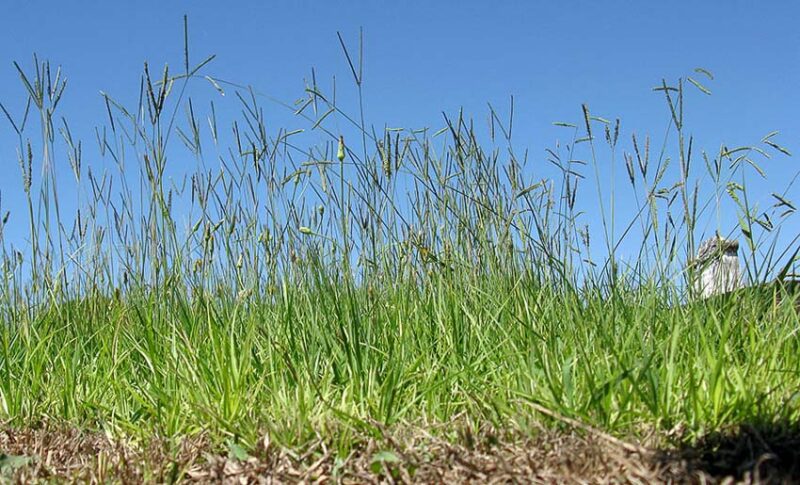
What is Bahia grass?
Originating in South America, Bahia grass first came to the United States in 1914 as a pasture grass for the southeast region. Today, it is still widely used in agriculture, conservation, and erosion control programs. As a warm-season grass, it flourishes during the late spring and summer months. However, it can thrive all year round in the proper climate.
Pennington’s Pensacola Bahiagrass Grass Seed builds on these traditional strengths. In particular, it helps the grass to excel despite poor soil conditions, forming solid, drought-resistant lawns.
Its extensive root structure improves its extreme temperature tolerance even further. Compared to the common Bahia, it boasts improved grass quality, with better resilience during winter.
Characteristics of Bahia Grass
Bahia grass is a perennial grass, so it doesn’t grow best during any particular season. It’s well known for its deep root system, which helps it to survive in dry conditions. The texture is coarser than many other types, particularly cool-season grass.
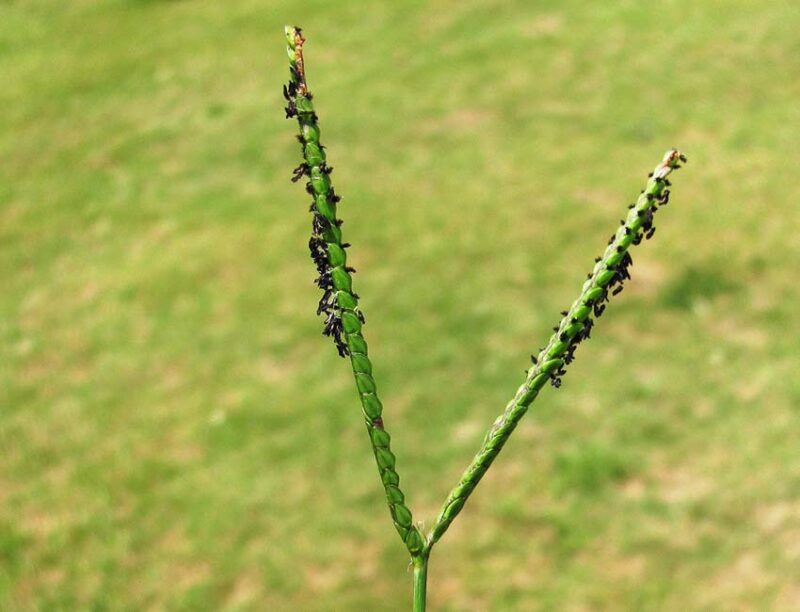
The blades of Bahia grass are quite wide, with a light green color. The seedheads it produces are typically 4-6 inches long.
Bahia Grass Benefits
The advantage of Bahia grass is its ability to withstand drought. This grass can survive in dry conditions for long periods. Once the rain returns, it will swiftly recover.
Bahia grass and Bermuda grass both come recommended for their heat tolerance. However, Bahia is more versatile.
Bermuda grass needs fairly fertile soil with good drainage, whereas Bahia grass can thrive in even the sandiest soil.
Bahia also requires less day-to-day care, making it ideal for large lawns and parks. For these reasons, it’s a good lawn grass for heat- and humidity-prone areas of the Southeast, from Florida to the Texas Gulf Coast.
Another benefit of Bahia grass is its ability to withstand a lot of stomping feet. People often use this hardy grass in parks, sports fields, and other areas with high levels of foot traffic.
Its deep root system helps it withstand the pressure of constant footfall, thus making it a good choice for these areas.
The Downsides of Bahia Grass
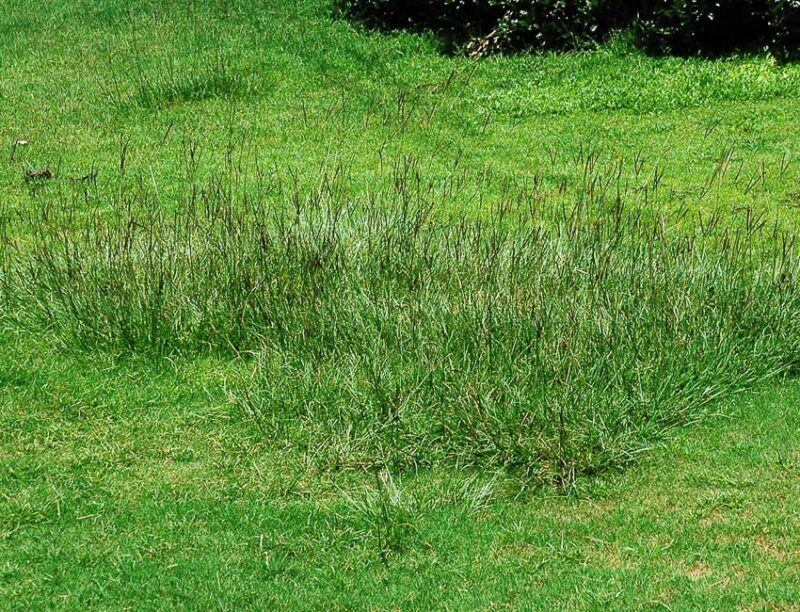
Knowing a few of the disadvantages of Bahia grass will help you understand what it is and how to get rid of it. Principally, these are its aggressive growth and its troublesome seedheads.
The hardiness of the grass variety is one of the reasons for its popularity. The downside of this, of course, is that it can quickly spread to places it is not wanted and is hard to remove once it does.
Even in lawn or park areas, its tendency to grow large seedheads throughout the year is considered unsightly by many. This means that it requires frequent mowing to keep its stems in check.
Bahia grass is also susceptible to a few common lawn pests, such as chinch bugs and armyworms . These can damage the grass and be challenging to control.
Therefore, it is crucial to be vigilant for any signs of infestation. If these pests are present, then you will need to eradicate them, whether that’s through the use of chemical pesticides or more organic methods.
Another concern is that Bahia grass doesn’t thrive in the shade. The truth is that, although it will grow in areas that receive little sunlight, it will look sickly in comparison to sunnier spots.
How to Get Rid of Unwanted Bahia Grass
Bahia grass is known for its tolerance to heat and drought and its ability to spread quickly. However, this often makes it an aggressive colonizer of other green spaces.
It can be a nuisance in lawns and gardens because its unchecked spread crowds out other plants. When this occurs, the only way is to remove it.
There are several methods you can try to root out this grass, involving chemicals, landscaping, replacement, or simply brute force. Here are the most common ways:
Herbicides
Herbicides such as glyphosate are a common and effective method for removing Bahia grass. When using herbicides to eliminate Bahia grass, selecting the correct product to target the right variety is essential.
This is not just nitpicking — many general-purpose herbicides are ineffective on this hardy grass. Some popular brands suitable for Bahia grass control include Roundup, Finale, and Image.
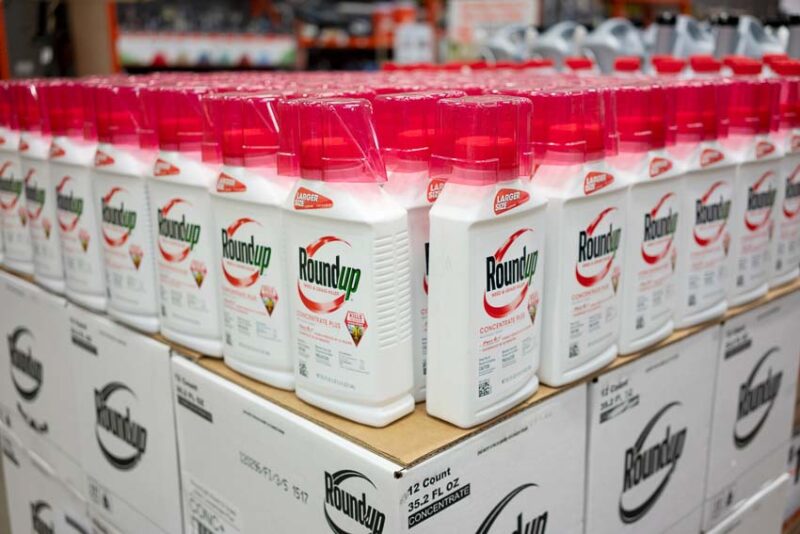
Be sure to follow the instructions on the label and apply the herbicide (you can use something like a Milwaukee M18 sprayer) when the Bahia grass is actively growing. Also, use the herbicide at the recommended rate and times.
Moreover, ensure that the herbicide comes into full contact with the leaves of the Bahia grass. It needs to penetrate every part of the plant, not just the stems.
Hand-pulling
Like most plants, you can root out Bahia grass by hand. Hand-pulling is a commonplace and effective method for getting rid of it. The process is not complicated, involving physically dragging the stems out of the ground by hand.
The best time to hand-pull Bahia grass is when the soil is moist. This makes it easier to disturb the ground.
Start by digging around the base of the grass with a trowel or a small shovel, in order to loosen the soil. Then, take hold of a clump of stems and pull hard. The aim is to yank the grass out of the ground by its base.
Pull out and destroy as much of the root system as possible to prevent regrowth.
Remember that hand-pulling is a labor-intensive process and may take several hours or even days to complete, depending on the size of your yard or garden. Additionally, it’s essential to pull the grass regularly to keep it under control.
Cultivation
You can likewise use cultivation to eliminate Bahia grass and other unwanted weeds in a lawn or garden, turning over the soil. This can help to weaken the grass by cutting off its oxygen supply. The process involves using a garden tool, like a hoe.
The aim is to make the grass non-viable by digging up its roots. This method is effective because it physically removes the cause of the grass rather than just killing the top growth.
This process can also be time-consuming and labor-intensive, especially if the infestation is severe. Above all, keeping the soil well-watered and fertilized after cultivation is essential in order to encourage the growth of desirable plants.
Frequently mowing the area will also help control any Bahia grass regrowth. Also, it’s important to note that cultivation may damage more desirable plants in the area. So, take care to avoid disturbing them.
Replace with Another Grass
Re-seed or re-sod the area with a more desirable grass type. The idea is for it to out-compete Bahia grass for resources. As a result, the Bahia grass will eventually die out.
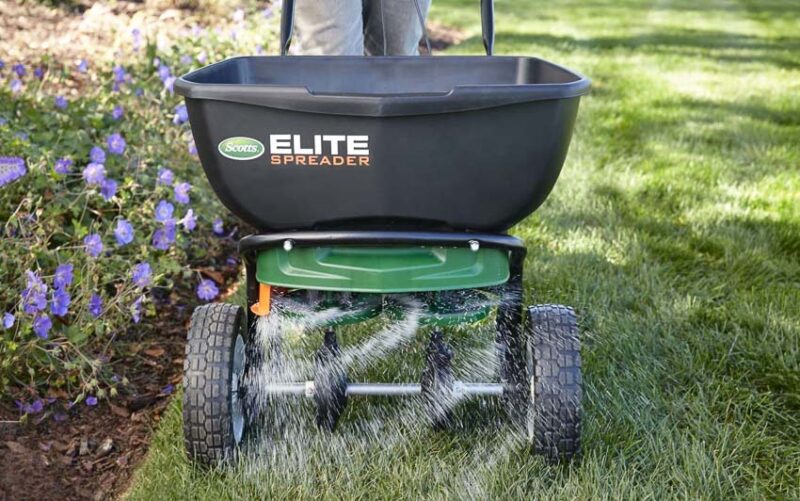
Replacing Bahia grass with a different variety can be a challenging task. However, this method can yield good results with a little effort and patience.
Prepare the area where you intend to plant the new grass seed. This means removing most of the existing Bahia grass and weeds. This can be done manually by digging up the grass and its roots.
Alternatively, herbicides designed to kill Bahia grass are effective. Once the area is clear, it is time to prepare the soil for planting the new grass. Till the soil and add any necessary fertilizers.
You should also ensure the ground is well-drained. Then, you are free to plant the new grass seed or sod.
Mowing
Some people recommend close mowing as a way to eradicate Bahia grass. The idea is that keeping it shorn prevents the seedheads from developing and thus kills off the grass. This is false, however.
Although it is true that mowing can prevent seeds from spreading, it is not in itself a removal method.
With the root system intact, the Bahia grass will always find a way back. There are no shortcuts here – the only way to succeed is to disrupt both the grass and root systems.
Only try mowing in tandem with one of the other methods above.
Summary
It’s important to note that all the above methods of Bahia grass removal will take time, patience, and persistence. Moreover, it is essential to ensure that you correctly identify the pest as Bahia grass. Some species may look similar.
Knowing what it is and how to get rid of it will help you deal with this challenging and resilient grass variety that’s difficult to remove from your lawn or garden. However, you can successfully eradicate it from your yard with the right approach.

